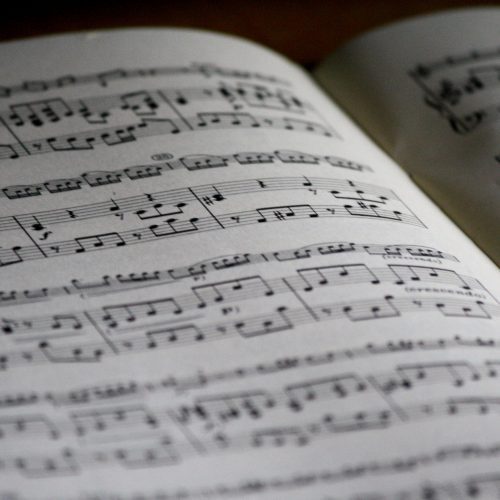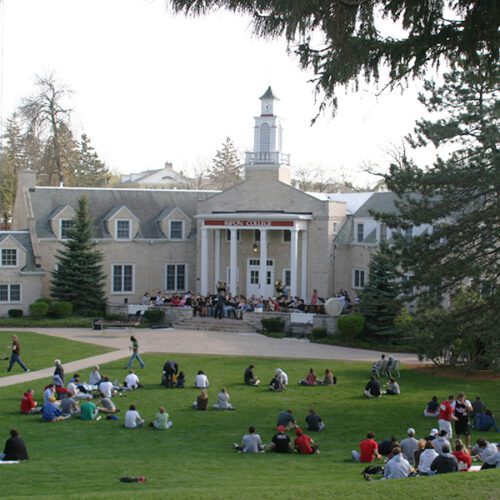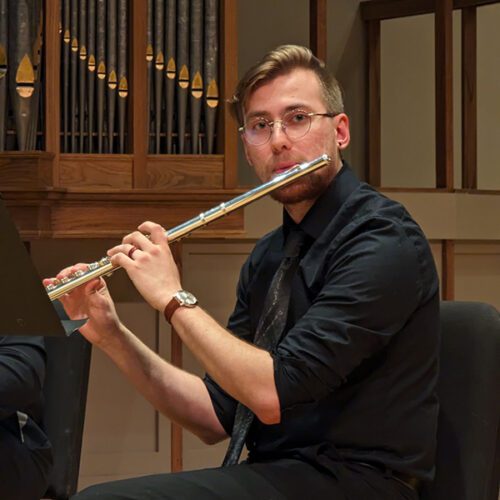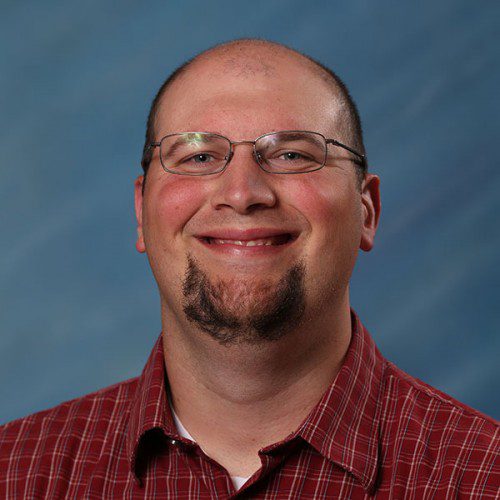Research work with professors helps students develop skills
Joe Scanlon, associate professor of chemistry, worked with five students on research over the summer. Alisha Harvat ’21 of Sheboygan, Wisconsin, Caitlin McNulty ’21 of Neenah, Wisconsin, and Abby Stitgen ’22 of Lodi, Wisconsin, were Oyster Scholars and worked on two projects.
Abbi Grieger ’22 of Fargo, North Dakota, and Mckenzie Schmidt ’22 of West Bend, Wisconsin, continued a project started in their Computational Chemistry class.
Grieger and Schmidt worked in collaboration with Christina Othon, associate professor of physics, and used a docking program called AutoDock Vina to see “how different sugars interact with proteins and develop a tutorial to help other students or classes use this program in the future,” Scanlon says.
The Oyster Scholars collaborated with Patrick Willoughby, associate professor of chemistry, on the first project to study “the regioselectivity of azide trapping reactions of phosphonyl arynes with computational chemistry,” Scanlon says. Their second project was in collaboration with Dr. Laxmidhar Rout of Berhampur University in India to study “the mechanism of alcohol oxidation by CuMoO4 nanoparticles and why this is a successful catalyst while CuO and MoO3 are not,” Scanlon says.
Harvat, Stitgen and McNulty completed their research remotely, ran the computations and checked to make sure that they were running correctly and to note any interesting or existing molecules. The tests run would be recorded along with the results in a Google Sheet for Scanlon to look at. Stitgen says, “From what we had ran previously, I would determine what the next steps should be and set up and ran new jobs for the following days.”
Their computations were testing the “two possible products from this azide trapping reaction and they examined how different methods did predicting the product ratios in comparison to Professor Willoughby’s experimental data,” Scanlon says. “They were able to show some strong correlation with some descriptors representing the substituent’s inductive ability, but also showed that there is through space interactions.”
In describing how they found the correlation, Stitgen says, “Experimentally, a chemist can see that a reaction is taking place and can qualitatively see what is happening, but through computational chemistry, you can learn why and how the reaction is actually happening.”
The group also prepared to present their research at the MU3C conference virtually hosted by computational chemistry faculty at Iowa State University. McNulty says this helped her gain experience with presenting in a professional capacity. It also helped Stitgen since she plans to attend graduate school and then work full time in chemistry research.
Jillian Heidenreich ’22
Monroe, Wisconsin
Related Posts
Ripon College students to perform music recital April 30
A Ripon College student recital featuring student performers nominated by applied music faculty, will be held Tuesday, April 30. The recital will begin at 4:15 […]
Enjoy outdoor lawn concert by Symphonic Wind Ensemble, Rally Band, Jazz Ensemble May 1!
Ripon College will presents its annual Spring Lawn Concert Wednesday, May 1. Featuring the Jazz Ensemble, Symphonic Wind Ensemble and Rally Band, the concert will […]
Ben Cabala ’24 will present senior flute recital April 27
Ben Cabala ’24 of Madison, Wisconsin, will present his senior flute recital Saturday, April 27, at Ripon College. The program will begin at 4 p.m. […]
Ripon College Symphonic Wind Ensemble, Chamber Winds will perform April 28
The Ripon College Chamber Winds and Symphonic Wind Ensemble will present a spring concert, “Retrospect and Modern Takes,” Sunday, April 28. The concert will begin […]





